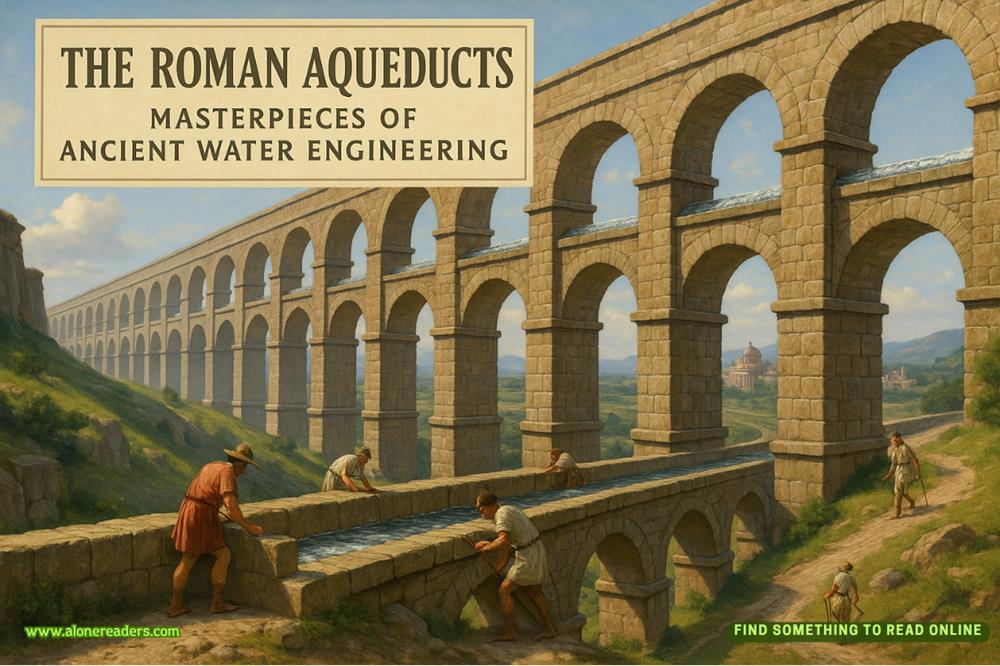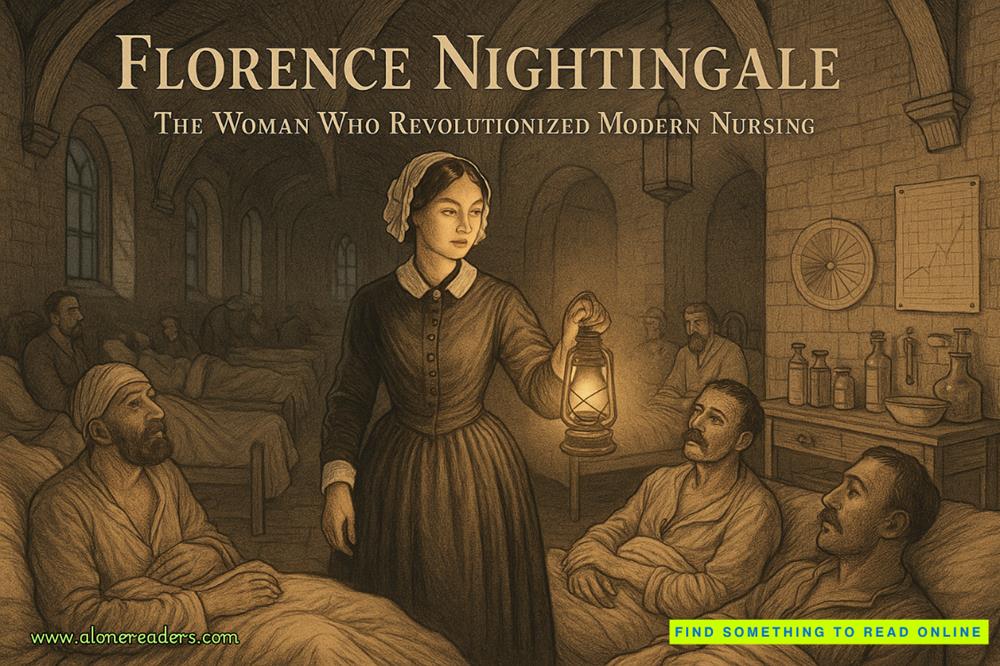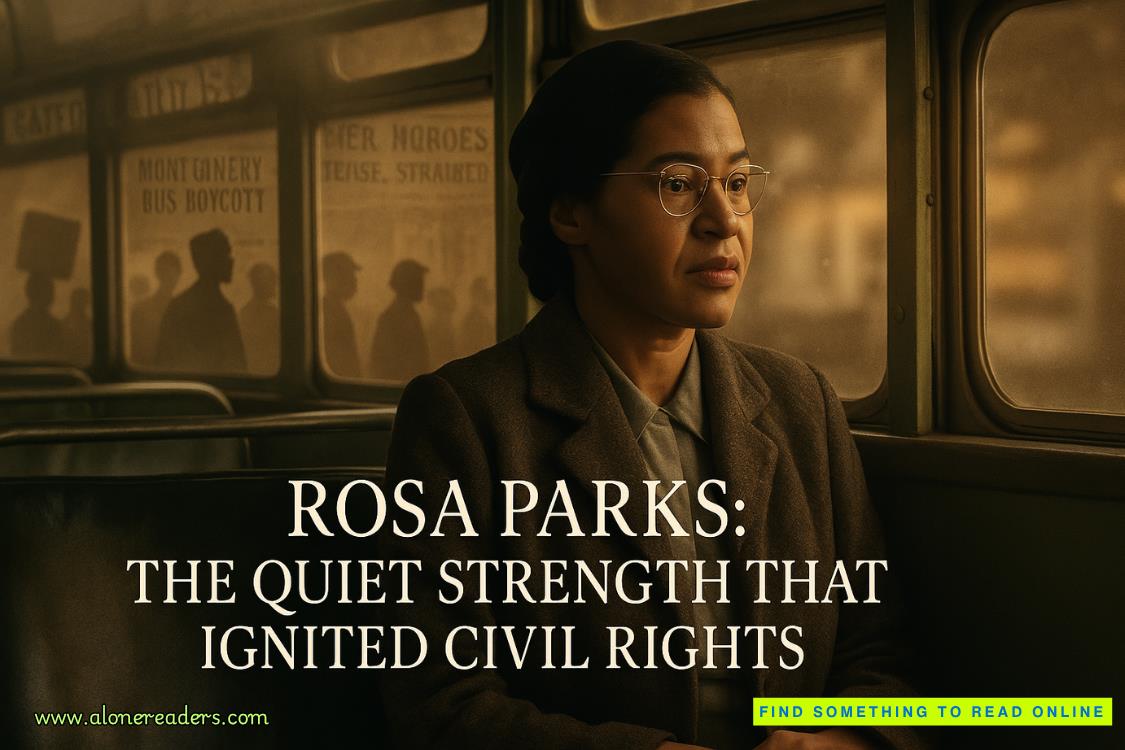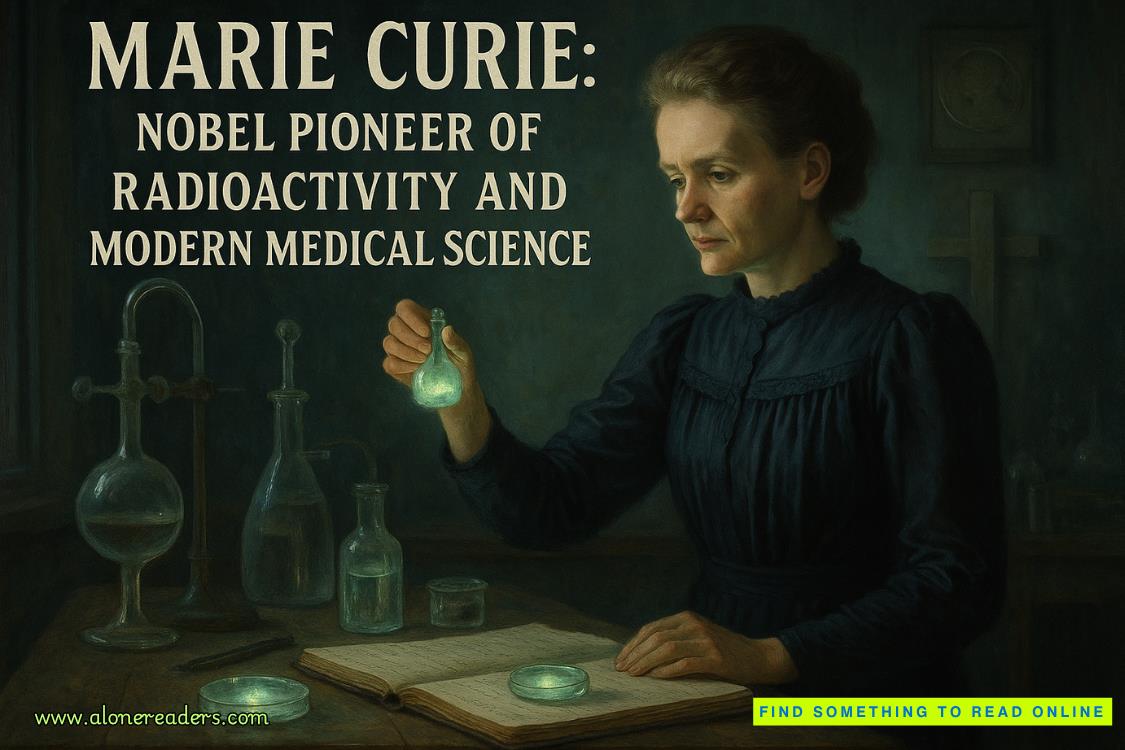Page 35 of Denied Access
CHAPTER 17
RAPP’Slinguistic acumen did not extend to Spanish, but he’d learned the utility of mastering a few simple phrases in each country he visited.Hello, excuse me, andgoodbyewere always part of his repertoire along with a few more that were relevant to his unique profession. He employed one such word as he bounded down the stairs leading to the tarmac.
“Fuego!” Rapp screamed, pointing back at the terminal. “Ayúdame, ayúdame. Fuego!”
The screeching alarm along with his impeccable acting seemed to do the trick.
Or at least part of the trick.
Of the five workers who were lounging across tractors and baggage carts, four abandoned their makeshift break area for the stairs leading to the terminal.
The fifth was a problem.
Whether the man wasn’t buying what Rapp was selling, couldn’t hear Rapp’s scream through the blue earmuffs he was wearing, or perhaps just wasn’t all that interested in charging headfirst into a raginginferno, the results were the same. While his compatriots made for the staircase, he remained sprawled across his baggage tractor’s broken seat cushion.
Bad choice.
Still shouting about the nonexistent fire, Rapp careened toward the man like a runaway freight train. With a sigh, the worker got to his feet and stretched out his hand in the universal sign for stop. “Tranquilo.”
Rapp rewarded the man’s cool head by shoving the Taser into his midsection and triggering the device. The worker collapsed like a pile of dirty laundry. Rapp lowered the man to the concrete and climbed into the seat he’d vacated. The tractor’s controls seemed easy enough to master, but something made Rapp hesitate before starting the engine.
The shiny silver key dangling from the ignition.
Pocketing the key, Rapp jumped to the next tractor and swiped that key as well. Then he was in the driver’s seat of the third and final tractor. The engine started with a single turn of the ignition. Setting the woman’s purse in his lap, he popped the transmission into reverse and backed away from the circle of vehicles. He was preparing to shift into drive when the scrum of bodies roiling down the staircase changed his mind.
So maybe his Method acting wasn’t on par with Daniel Day-Lewis just yet.
Leaving the transmission in reverse, Rapp hammered the accelerator. For a vehicle designed for high torque at low speed, the tractor had surprisingly good acceleration. Rapp’s chest slammed into the steering wheel as the tractor rocketed backward. Ignoring the shouts and curses trailing him, Rapp looked over his shoulder as he threaded between an adjacent gates’ airbridge and one of the fire-engine-red double-decker buses that served as passenger movers.
The bus with its precious cargo of human beings must normally enjoy the right-of-way, because the diesel monstrosity kept coming. For a terrifying moment, Rapp was convinced this game of chicken was going to end with him plastered to the bus’s bug-infested grille. Then the busskidded to a halt amid squealing brakes and a blaring horn. Rapp raised a hand in thanks and then spun the wheel to the right, bringing the tractor’s nose around before popping the gearshift into drive.
Decision time.
The airfield was canted to mirror the 060 heading of its largest runway. Rapp was in the northwest corner, which meant that the shortest distance to freedom lay with the fence guarding the airport’s western boundary to the right. Unfortunately, this direction also led to a convergence of highways, parking lots, and maintenance buildings.
While Rapp had the element of surprise, this advantage was fading with the passing of every second. The baggage tractor probably didn’t top out at much more than twenty miles per hour, which meant that he would be easy prey for the airport police in their sedans. Even if he somehow made it to the fence unmolested, Rapp wouldn’t be able to evade his pursuers for very long.
Left meant heading east, which would take Rapp past the remaining terminals along miles of open tarmac. The airfield’s eastern boundary was mostly farmers’ fields. The rural terrain that would offer him a better chance of escape, but there was zero chance he would get to the perimeter fence unmolested. This left the final direction—straight and south. There was just one problem—south meant crossing all three runways.
All three very active runways.
“Parar! Parar!”
Rapp looked over his shoulder. The airport police had joined the chase. They were still on foot for the moment, but that wouldn’t last.
South it was.
Rapp gunned the engine, and the tractor surged forward. A siren pierced the air, the wailing audible even over the screaming of jet engines. Rapp glanced left and swore. A blue and white liveried patrol car was racing to intercept him. No matter how he weaved and dodged, the little tractor wasn’t going to win that race. He was toast.
Unless.
Unless he was willing to go where the patrol car wouldn’t.
Runway 060 Left, the first of three actives, loomed just a quarter of a mile to the south. Rapp had originally intended to detour west to skirt the commercial traffic arriving and departing on the almost two-mile stretch of concrete.
Not anymore.
Rapp adjusted course so that he was hurtling toward the runway even though a wide-body jet was flaring in anticipation of landing. Plowing through the grass, Rapp edged the steering wheel slightly to the right to ensure he passed behind the aircraft. He had no intention of saving his own skin at the expense of the hundreds of innocent passengers.















